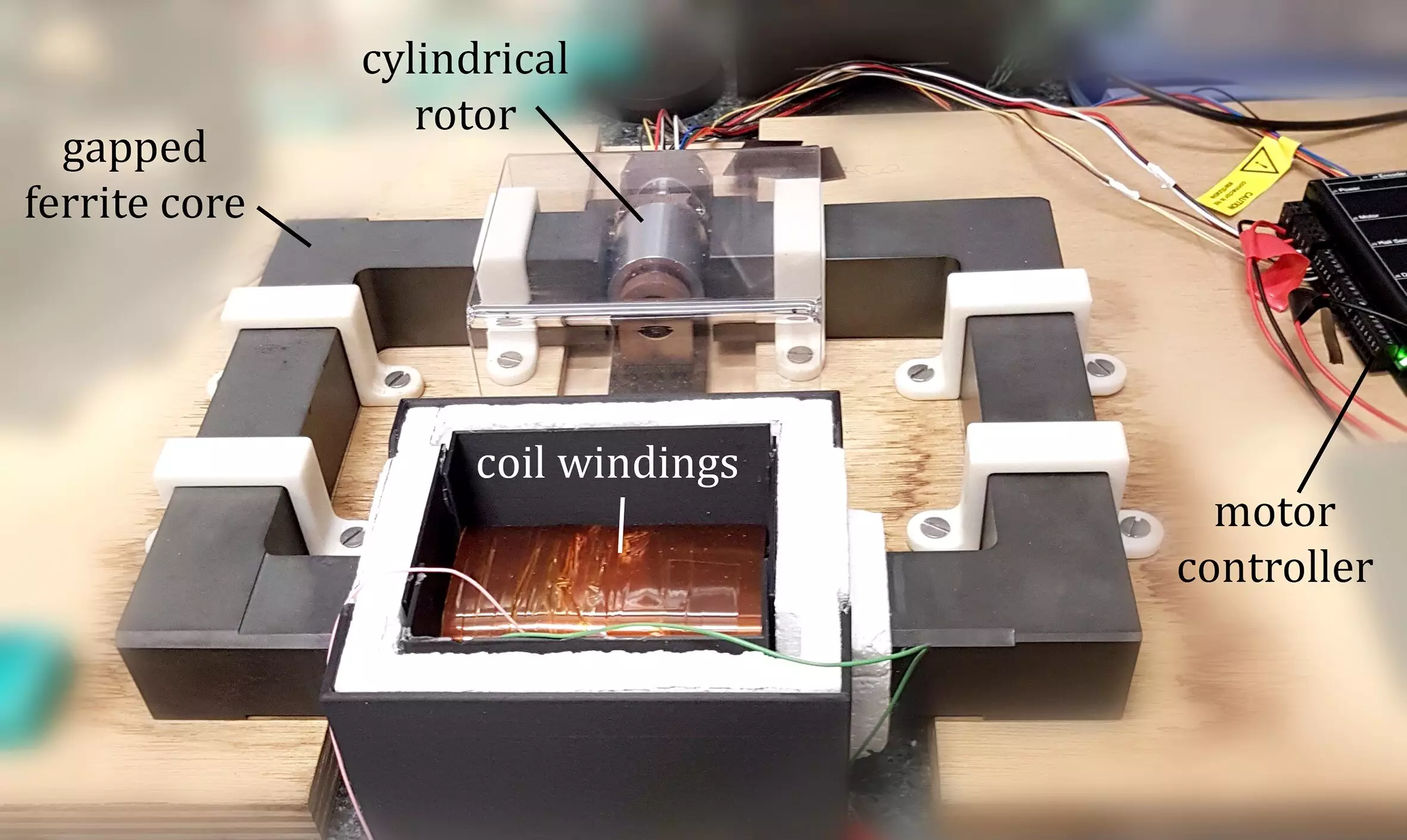In a significant stride in theoretical physics, researchers at the University of Southampton have successfully validated the long-debated Zel’dovich effect, which has remained largely untested since its conception over fifty years ago. This groundbreaking research not only illuminates the complex interaction between rotating bodies and electromagnetic waves but also opens up new avenues for research in quantum physics. By employing relatively straightforward experimental setups, the team has illustrated how twisted waves—characterized by their angular momentum—can actually gain energy instead of being absorbed by a rotating object.
The essence of the Zel’dovich effect originates from Soviet physicist Yakov Zel’dovich’s theories, articulated during the 1970s. Historically, physicists believed that electromagnetic fields would be incapable of exhibiting this phenomenon. However, the research team led by Dr. Marion Cromb at Southampton has demonstrated otherwise, using an aluminum cylinder that rotates at speeds surpassing the frequency of incoming waves. The findings reveal that under specific conditions, twisted waves bouncing off a rapidly rotating object could amplify in energy, contradicting prior assumptions.
Mechanisms of the Zel’dovich Effect
Understanding the mechanics behind the Zel’dovich effect requires an appreciation of wave behavior. When non-twisted electromagnetic waves encounter a rotating object, they would typically be absorbed. However, as explained by Dr. Cromb, if the rate of rotation is sufficiently high, the electromagnetic waves undergo a unique transformation, shifting to a “negative frequency.” This transformation effectively converts the expected absorption of energy into an amplification of the wave, allowing it to reflect with greater energy than it initially possessed.
This fascinating behavior recalls concepts within classical acoustics, where the Doppler effect illustrates how sound waves compress when an object approaches and spread out as it recedes. The researchers’ observations draw parallels to this well-known phenomenon, revealing a deeper connection between sound and light at different frequencies.
Experimental Verification
The research team’s experiments involved a simple yet effective setup: a resonant circuit that interacts with a spinning metal cylinder. Generating the precise conditions required for testing the Zel’dovich effect was a challenging yet rewarding endeavor. In the wake of applying this theory to sound waves in previous experiments, this validation with electromagnetic waves represents a pivotal moment in the physical sciences.
The results of their findings, now published in the journal *Nature Communications*, express a certainty previously lacking in electromagnetic applications. The ability to observe the phenomenon in two separate physical realms—acoustics and electromagnetism—highlights the fundamental nature and potential universality of the Zel’dovich effect.
Proving the Zel’dovich effect raises intriguing questions about its implications, particularly in the realm of quantum physics. The researchers suggest that the principles elucidated in this study may even extend to the quantum vacuum. Professor Hendrik Ulbricht, a supervising researcher on the project, highlighted the excitement surrounding the next logical step: exploring the quantum version of the Zel’dovich effect.
This experimentation also opens possibilities for practical applications. In particular, the researchers speculate that their findings could inspire advancements in technology such as induction generators utilized in renewable energy sources like wind turbines. If engineers can harness the amplification effects seen in this study, it may result in significant efficiencies for energy generation.
The University of Southampton’s research team stands at the forefront of a cultural shift in the understanding of wave physics with their experimental validation of the Zel’dovich effect in electromagnetic waves. By bridging the gap between theoretical foundations and experimental verification, scientists are not only enhancing their comprehension of wave dynamics but also paving the way for future innovative technologies. As researchers embark on further investigations into quantum implications, we may soon witness a new era of breakthroughs rooted in this ancient theoretical landscape. With the dawn of this discovery, the interface between rotation and wave properties has never been more vibrant, promising immense potential for both theoretical inquiry and practical application in the realms of physics and engineering.

